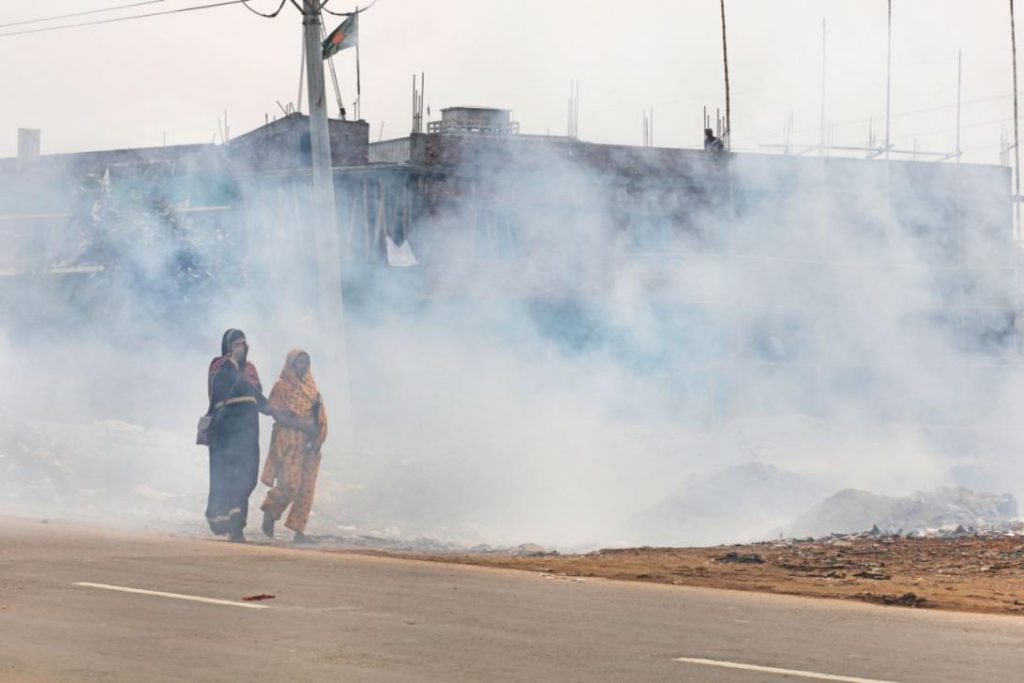Air pollution is one of the most talked-about topics nowadays. As the festive season is approaching and so is the country’s dangerous levels of air quality. In recent times, cities such as New Delhi, Mumbai, Kolkata, Punjab, Rajasthan, etc., are considered to be most polluted cities in India.
New Delhi has already been suffering from smog with an average air quality ranging between moderate and poor. Despite many discussions on reducing air pollution in the city, Delhi people are still choking on poor air quality.
It is essential to understand what and how does air pollution affect us. In the blog, we help you know the different levels of air quality that surrounds in your area.
Different Levels of Air Quality:
Particulate Matter 2.5 and 10 is the world’s biggest reason for premature death and chronic health issues among the people, including children aged between 3-10 years.
To understand the AQI better, there are different levels of air quality that defines daily AQ. With chemicals, dust, pollen, vehicular emission contributing their worst in the air quality, these fine particulate matter becomes a part of the air which we breathe. This particulate matter enters our lungs making its way to our body system, and slowly affecting our body. Health issues such as cardiovascular diseases and infections are primarily due to breathing poor air quality.

How well you know about the air you breathe?
The Air Quality Index, AQI is a term that defines the quality of the air. Ideally, on a good air quality day, the level of air quality must be between 0-50. If it exceeds 50, the air quality may cause health issues such as persistent headache, irritation in the eyes, nose, throat, and skin to begin with.
One must wear an anti-pollution mask or plan outdoor activities depending on the air quality checked using a portable air monitoring device.
One can also download air quality app which tells real-time air quality of your area.